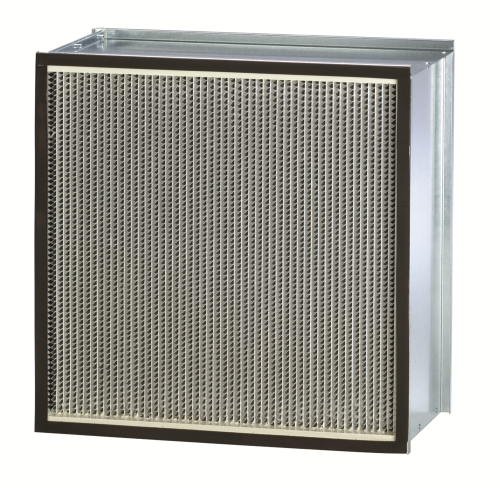
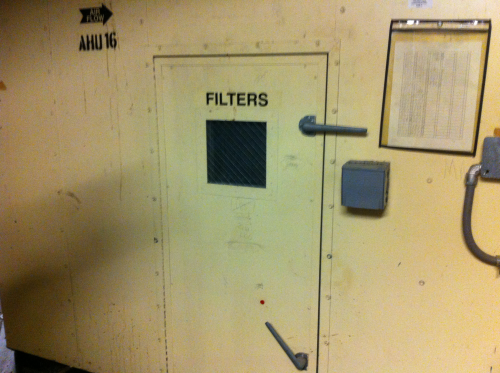
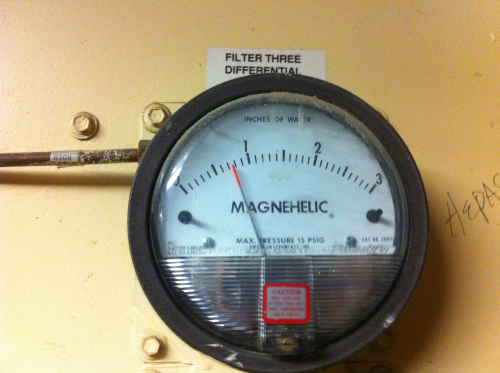
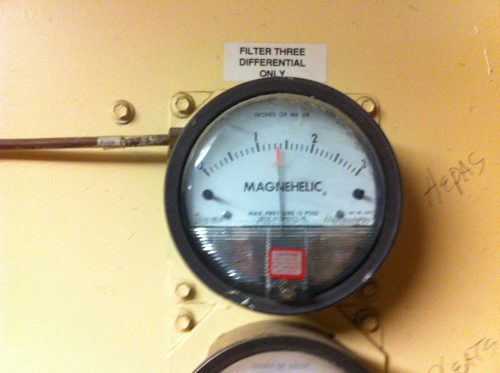
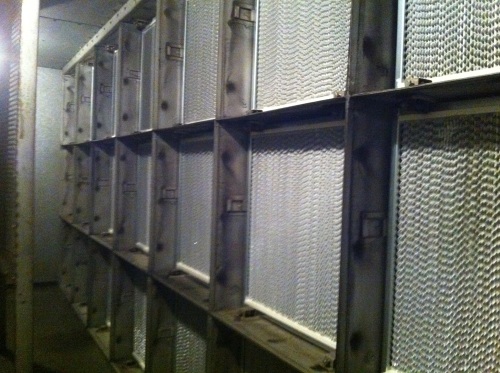
The University of Louisville Hospital is located in Louisville, Kentucky, USA. The 404 bed hospital serves as the leading academic and research facility in the area. It is the only level 1 Trauma centre in the region and is nationally recognised as a leader in trauma, stroke, high-risk OB, radiological/diagnostic services, cancer care, and regional clinical services.
The filtration situation
The Air Handling Unit (AHU 16) was originally installed to provide airflow to the Oncology area of the hospital. Over the years, additional ducts were incorporated and now AHU 16 provides airflow to five areas of the hospital. Looking for an alternative option to replacing its costly motor, the University of Louisville Hospital’s Director of Engineering asked AAF to assess the hospital’s current filtration system and recommend a viable solution for AHU 16. AHU 16 uses variable inlet guide vanes to control the flow of the supply fan. The variable inlet vanes, in the fully open state, could not supply enough airflow capacity due to the high static pressure in the system. The work output of the fan and its motor contribute directly to the airflow exiting the AHU. With the additional load, the AHU was deprived of the necessary air for proper ventilation. In order to pull more air into the system, the 100 horsepower fan motor would need to be sped up or replaced - an extremely expensive purchase for the hospital. The current 3-stage filtration system installed consisted of AmerSeal® Cube pre-filters, VariCel® II secondary filters, and AstroCel® I high capacity HEPA final filters.
| The VariCel® VXL MERV 14 filter, with its dual density media, maximises dust holding capacity and therefore extends filter life, says AAF. In addition, the low pressure drop of the VariCel® VXL saves energy. MEGAcel™ I filters incorporate AAF’s Helior®filtration technology, a proprietary, durable media, combining high efficiency with extremely low pressure drop. Lower initial resistance significantly reduces energy consumption resulting in substantial energy savings and cost benefits. |
The solution
AAF representatives saw this as an opportunity to remove a stage of filtration to evaluate if there would be improved airflow and reduced energy consumption. A Life Cycle Valuation (LCV) analysis was generated to illustrate the potential energy saving benefits, based on moving to a two-stage filtration system with the parameters provided by the University of Louisville Hospital. AAF’s LCV programme is used to determine the total cost of ownership of a filtration system. The LCV programme takes a number of factors into account: cost of electricity (kWh), labour rates, cost of filters, air volume, operating hours, operating resistance and disposal cost. The AmerSeal Cube filters were removed from the system, eliminating the pre-filter stage. VariCel II filters were replaced with VariCel VXL filters, AAF’s 8-panel high efficiency filters designed for use in difficult operating conditions. The high capacity AstroCel I HEPA filters were upgraded to MEGAcel™ I HEPA filters with Helior® filtration technology, providing high efficiency and low energy consumption. University of Louisville Hospital then allowed AAF to monitor the changes in pressure drop across the filter section over the next 12 months.
Energy saving benefits
AAF’s LCV analysis evaluated the original 3-stage filtration system configuration along with a proposed 2-tage system. The hospital’s director of Engineering agreed to trial the proposed system and record the pressure drop of the filters each month to monitor changes. The results from the hospital’s readings consistently verified the reduced resistance of the MEGAcel I filters and the VariCel VXL filters. With the reduced resistance came an increase in airflow across the system, ultimately eliminating the need for a costly upgrade to the motor. “After our 12 month study, the filters have proved to be efficient and cost effective,” said John Gildehaus, CHFM, director of Engineering for the hospital. With AAF solutions, University of Louisville Hospital increased airflow, decreased energy consumption, and realised labour savings from the reduction in filter change-outs, providing them with overall savings. The original system configuration had an annual cost of $16,730. The new configuration produced an annual cost of $9,277. The result was an annual saving of $7,259.



